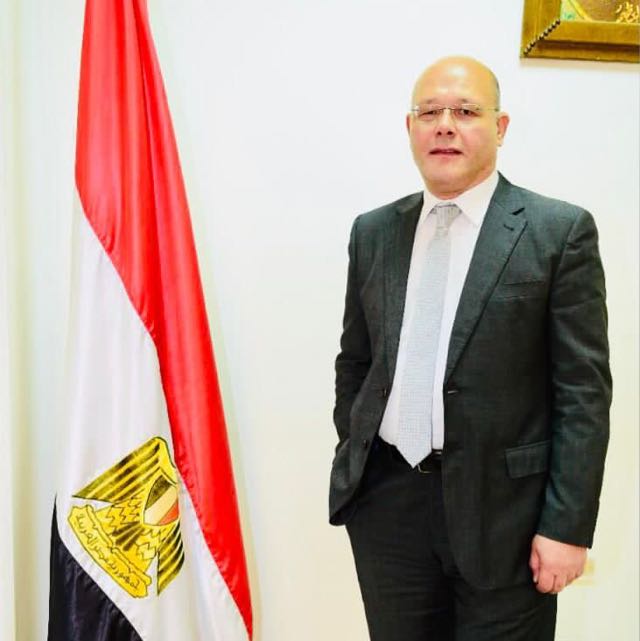Obstetric brachial plexus palsy affects one in 2000 newborns; 10 percent of them need early or secondary surgical reconstruction. In direct plexus repair, the sensory and motor reanimation of the hand is the main goal, followed by elbow flexion and shoulder stability and motion. The shoulder is under the control of many muscles and, mainly, three nerves: the axillary nerve (for the deltoid muscle, participating in abduction), the suprascapular nerve (innervating the supraspinatus and infraspinatus muscles, the latter responsible for lateral rotation of the humerus) and the dorsal scapular nerve (for the rhomboid muscles participating in scapular stabilization).
The rotational balance in the shoulder is very important, as general motion patterns are completely different in a medially rotated arm. The “trumpet sign” well known in these children indicates that elbow flexion is executed with an abducted arm and a pronated forearm .


.jpg)